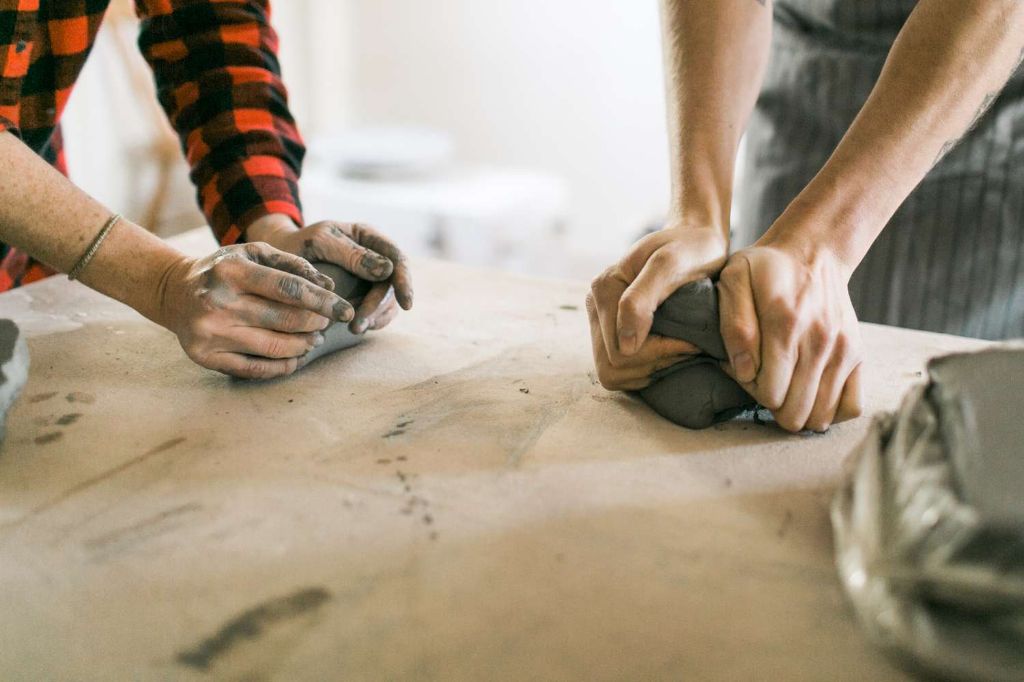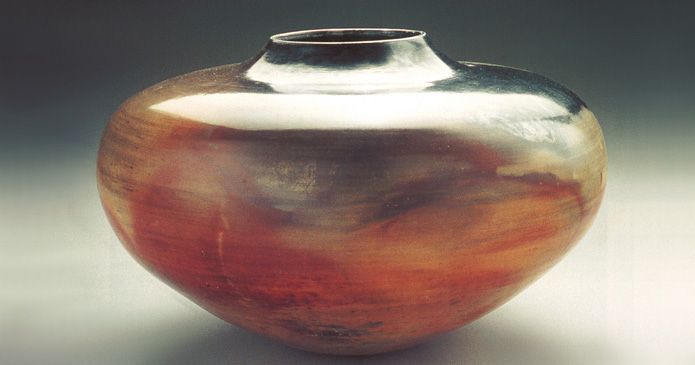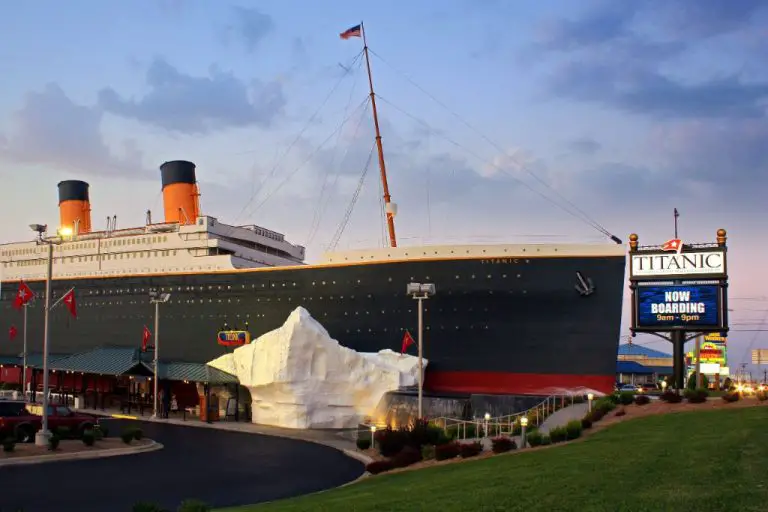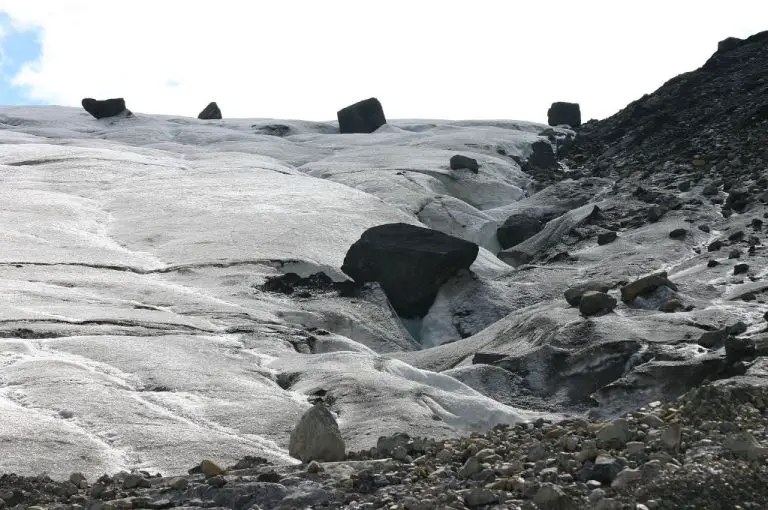What Type Of Clay Is Used For Pottery?
Pottery is one of the oldest and most widespread artforms, consisting of objects like vases, bowls, plates, and sculptures made from clay and hardened through firing. Clay is an abundant natural resource that can be dug from the ground and shaped while wet before hardening with heat.
There are several types of clay used for pottery, each with their own characteristics. The main types are earthenware, stoneware, and porcelain. Earthenware is a commonly used clay that fires at lower temperatures, is porous and soft. Stoneware fires at higher temperatures and forms a strong, durable material. Porcelain clays are the most refined, firing at very high temperatures to become translucent and smooth.
Earthenware Clay
Earthenware clay is made from secondary clays, which are less pure than primary clays. It has a firing temperature range of 1800°F to 2100°F (982°C to 1149°C), which is lower than other clays. Earthenware is porous and permeable to liquids. Glazes are often used on earthenware to make it impermeable for practical use. Common uses of earthenware clay include flower pots, decorative pottery, ceramic tiles, and bricks.
According to the book “Bulletin – Colorado Geological Survey”, earthenware clay is defined by its low firing temperature range and porous properties (https://books.google.com/books?id=rRsMAAAAYAAJ&pg=PA350&lpg=PA350&dq=%22earthenware+clay+properties%22&source=bl&ots=vrz3tdtx53&sig=ACfU3U33nFkTVuD5zQwwEjLIkk7DvAitBQ&hl=en&sa=X&ved=2ahUKEwjXqpXEi7-EAxUsIUQIHamWD8kQ6AF6BAgKEAM).
Stoneware Clay
Stoneware clay is made from secondary clays such as ball clay, china clay (kaolin), or silica (https://potterycrafters.com/what-is-potters-clay-made-of-pottery-clay-ingredients-explained/). It is fired at high temperatures ranging from 2,167°F (1,186°C) Cone 5 to 2,462°F (1,352°C) Cone 10 (https://community.ceramicartsdaily.org/topic/15818-stoneware-clay-properties/). This makes stoneware less porous and more durable than earthenware. Stoneware has good plasticity which makes it ideal for throwing on the potter’s wheel and handbuilding techniques.
Common uses for stoneware clay include dinnerware, ovenware, vases, and other functional pottery that requires durability. The smooth surface accepts glazes well. When fired to maturity, stoneware becomes vitrified and watertight.
Porcelain Clay
Porcelain clay is made from kaolin clay, which is very fine and white in color. According to sources like “What Is Potters Clay Made Of – Pottery Clay Ingredients Explained” (https://potterycrafters.com/what-is-potters-clay-made-of-pottery-clay-ingredients-explained/), porcelain clay requires the highest firing temperature, typically reaching around 2,345°F (1,285°C) for optimal results.
Porcelain clay is non-porous, meaning it becomes vitrified and impermeable during the firing process. This makes porcelain items fully waterproof and able to hold liquids without leaking. The non-porous nature also allows very smooth surfaces after firing.
Some common uses for porcelain clay are tableware, sculpture, decorative objects like figurines, electrical insulators, dental crowns, and more. Its high strength, bright white appearance, and translucency make it ideal for a variety of artistic, practical, and commercial applications.
Properties of Clay
The properties of clay determine how it can be used for pottery. The key properties are plasticity, firing temperature, porosity, and color.1

Plasticity refers to how easily clay can be shaped and molded. More plastic clays are better for throwing on the potter’s wheel. Plasticity is affected by the amount of water the clay absorbs.2
Firing temperature is the heat required for clay to become hard and durable through vitrification. The clay type determines the ideal firing temperature. Low-fire clays vitrify below 2,200°F while high-fire clays require over 2,300°F.1
Porosity refers to the tiny holes left in clay after firing. More porous clays allow air and water to pass through, making them suitable for flower pots. Less porous clays hold liquid better and are often glazed for functional ware.2
Natural clay color ranges from white to brown to red. The final color depends on the mineral content and whether a glaze is applied. Terracotta clays are red due to iron oxide content.1
Sourcing Clay
There are a few different ways potters can source the clay they need for their ceramic work:
Local Natural Sources
One option is to locally source clay from the environment. Many potters dig up clay directly from the earth, usually from deposits found near bodies of water like rivers, lakes, and oceans. However, not all natural clay is suitable for pottery, so sourcing locally takes some trial and error to find high quality deposits.
Commercial Suppliers
The most convenient and reliable way to get ceramic clay is to purchase it. There are many commercial clay suppliers that provide high quality pottery clays collected from vetted sources. These clays are blended and prepared specifically for ceramic work. Commercial clays often have more uniform properties and fewer impurities than locally sourced clay.
Recycling/Reusing Clay
As an eco-friendly option, potters can recycle and reuse clay scraps and trimmings from previous projects. Leftover clay can be rehydrated and blended to make new clay. Some potters also collect the sediment clay from recycling water used for throwing and cleaning ceramic work. This reclaimed clay can be dried and combined with new clay for pottery projects.
Preparing Clay
After choosing the type of clay, the next step is preparing it for use. Proper preparation is crucial for creating high quality pottery. There are several techniques potters use:
Wedging involves cutting the clay into chunks and slamming it against a surface to knead out air bubbles. This ensures the clay has a uniform consistency and avoids cracking or exploding in the kiln. As described by Getty Images, “Young woman preparing clay for pottery making by wedging it on a table” (1).
Kneading is done by hand, pressing and folding the clay repeatedly. This also removes air pockets. The clay becomes soft and pliable through kneading.
Mixing water into the clay creates “slip” which helps pieces adhere when attaching or joining. Slip acts like glue between sections of clay. Many Hands provides an example: “Sculpting clay into urns” requires using slip to attach the various parts (2).
Scoring involves cutting grooves into the clay’s surface which slip can seep into, creating a stronger bond. Scoring gives the slip something to grip onto.
Finally, sometimes potters blend different types of clays to achieve desired properties in the final piece. For example, combining a sturdy clay with a more flexible clay.
With proper wedging, kneading, slip, scoring, and blending, the clay becomes ready for the potter to shape their creation.
(1) https://www.gettyimages.co.uk/detail/1411271279
(2) https://manyhands.org.au/resources/2013_projects/research_project_preservation_of_endangered_forms_of_fataluku_cultural_expr/fataluku/craft_and_tools_puhu_fai
Working with Clay
There are several techniques for working with clay to create pottery. The two main methods are handbuilding and wheel throwing.
Handbuilding involves shaping clay by hand using techniques like pinch pots, coils, and slabs. Handbuilding allows artists to create unique, organic shapes not easily made on the wheel. Some common handbuilding techniques include:
- Pinch pots – Forming clay into a basic pot by pinching and pulling the material
- Coils – Rolling ropes of clay into coils then stacking to build height
- Slabs – Rolling out flat sheets of clay then cutting shapes to assemble
Wheel throwing requires the use of a potter’s wheel to center and shape clay into forms like cylinders, bowls, and vases. This method allows for consistency and symmetry in shapes. Skilled throwers can create delicate, thin-walled pieces.1
Once pieces are formed, clay components may need to be joined together. Scored slip joints, clay slurry, and paddle and anvil techniques can join wet clay. Dry clay can be joined with slip.
The clay surface needs smoothing to remove imperfections like fingerprints, seam lines, and tool marks. Potters use wood, metal, and plastic ribs as well as smooth stones to burnish the clay surface. Sponges can help absorb moisture and smooth before firing.
Finally, there are countless techniques to decorate clay like carving, incising, sgraffito, mishima, slip trailing, stamping, and more. Glazes and underglazes add color while wax resist and masking techniques allow for patterns and designs.1
Firing Clay
Firing clay is the process of exposing fired clay items to high temperatures in a kiln. This serves to permanently harden the clay through vitrification and evaporation. There are two main stages of firing clay: bisque firing and glaze firing.
Bisque Firing
Bisque firing refers to the initial firing of unfired clay objects. This process converts the clay into a porous, absorbent ceramic material through heat-induced chemical transformations. Bisque firing temperatures typically range from 1652-2192°F (900-1200°C). At these temperatures, any water is evaporated from the clay and the material becomes hardened while still retaining its porosity for glazing. Bisque firing provides mechanical strength to the clay and prepares it for application of glazes (Citation: https://pottery-english.com/clay-firing-pottery/).
Glaze Firing
After an item is bisque fired, glazes can be applied to create an impervious glass coating on the surface. The glazed object is fired a second time at a higher temperature to melt and fuse the glaze. Typical glaze firing temperatures are 2012-2372°F (1100-1300°C). At these temperatures, the glaze melts and forms a glassy coating. The high temperatures also serve to further strengthen the clay body through vitrification (Citation: https://www.youtube.com/playlist?list=PLtKqoOxo1hkkdRv1SgdIdaO2oZle39geq).
Kilns
Kilns are insulating chambers used to achieve the high temperatures required for firing clay. There are various types, including electric, gas, wood-fired, raku, and pit kilns. Kilns allow control over the firing atmosphere, temperature ramp rate, and length of firing. Advanced computerized kilns allow very precise programming of the firing schedule (Citation: https://pottery-english.com/clay-firing-pottery/).
Firing Temperatures
As mentioned above, bisque firing occurs at 1652-2192°F (900-1200°C) and glaze firing occurs at 2012-2372°F (1100-1300°C). Specific temperatures depend on the clay body composition and the glazes used. Careful control of the time-temperature profile during firing is crucial to achieve the desired effects. Cooling rate also impacts the final ceramic properties (Citation: https://www.youtube.com/playlist?list=PLtKqoOxo1hkkdRv1SgdIdaO2oZle39geq).
Conclusion
In summary, the main types of clay used for pottery are earthenware, stoneware and porcelain. Earthenware is a low-fire clay that can be fired at lower temperatures, making it easy to work with. It’s porous and not waterproof. Stoneware is stronger and non-porous, but requires higher firing temperatures. Porcelain is the strongest and most vitrified type of pottery clay. It’s very smooth and fired at the highest temperatures.
The key properties that make clay good for pottery include plasticity when wet for shaping, and vitrification when fired for strength and durability. Preparation of the clay through wedging and kneading removes air bubbles and creates an even consistency. Firing transforms the clay permanently through sintering and bonding at high temperatures. Factors like the clay composition, firing temperature and atmosphere determine the final characteristics of the ceramic piece.
Overall, understanding the different types of clays and their properties and processes enables potters to choose the right materials for their projects. With proper preparation and firing, clay can be shaped into enduring pottery, making it an indispensable medium for ceramic arts and crafts.



